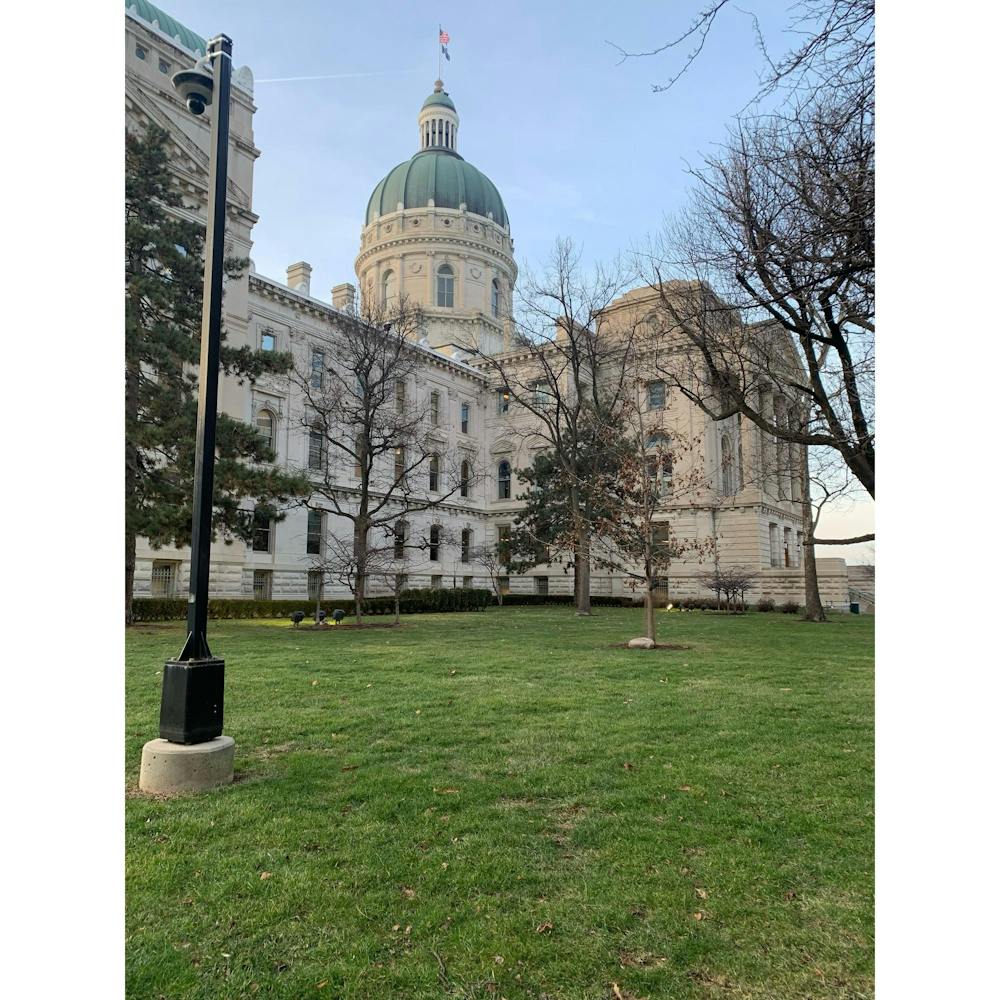The presidential election remains the primary concern for Hoosiers and the rest of the United States, but many other races on the ballot have a more immediate impact on Indiana residents.
Indiana has been under Republican control for 20 years, with the previous Democratic governor, Joseph E Kernan leaving office in 2005. Kernan completed Frank O'Bannon's term following O’Bannon’s death from a stroke. The Republican party will continue to be in power for at least the next four years following this years election.
On Nov. 5, Republican Mike Braun defeated Democrat Jennifer McCormick to become Indiana’s new governor, while incumbent Republican U.S. Sen. Jim Banks was re-elected over Democrat Valerie McCray. Most state representatives and senators also remain Republican, reinforcing Indiana’s status as a reliably red state.
For the past two decades, Indiana has not only had a Republican governor but also a Republican supermajority in the state legislature, with 70 of the 100 seats held by Republicans.
“What the Indiana Democrats are trying to do is break the supermajority, and to break that supermajority in the House, they have to gain four more seats,” Marilyn Odendahl, interim editor at The Indiana Citizen, said. “They have to hold on to every single seat they have and then gain four new ones.”
A supermajority allows one party—in Indiana’s case, Republicans—to control nearly all legislative matters. For a Democrat to have a chance at passing a bill, they must first secure Republican support just to get it heard.
According to Connor Dollarhite (’22), a legislative assistant at the Indiana House of Representatives, given Indiana's strong Republican lean and the long tenures of many legislators, challengers may view attempting to run against established Republican incumbents as a costly and futile effort due to the high expenses of running a campaign.
This supermajority limits bipartisanship, resulting in less diverse representation within the legislature.
A bipartisan legislature would create more contested debates and a platform for diverse perspectives, which would better reflect the whole state of Indiana.
“It is my belief that bipartisanship is a necessary ingredient for the process of developing, adopting, and executing public policy that effectively addresses the challenges we face,” Former U.S. Rep, Jill Long Thompson said in a column for TheStatehousefile.com.
Some believe that gerrymandering has influenced Indiana's district boundaries, with lines drawn to favor one party over the other.
Both parties are thought to benefit from gerrymandering in Indiana, with some districts drawn to favor Republicans and others to favor Democrats. In the Indianapolis area, for example, several districts from predominantly rural areas are drawn to include a small portion of the city, bringing a sliver of the more metropolitan population into these otherwise rural districts.
“It would be very hard to balance the needs of the people in a densely packed city with the needs of the people in a more wide open rural area,” Odendahl said.
Over the last 20 years, Indiana’s political landscape has been under Republican control and reinforced with a supermajority for most of this time that limits Democratic voices. With gerrymandering impacting district lines, it keeps power in the same hands.
A more bipartisan legislature would likely lead to increased attention on issues like education. For instance, Indiana ranked 25th in education in 2024, according to U.S. News and World Report. A bipartisan approach would let each party contribute its own strengths, such as prioritizing funding, creating a more comprehensive strategy, or promoting innovative policies.
A bipartisan legislature would bring more balanced policies and a healthier debate.
A government that better reflects Indiana’s diversity would be a pro for all Hoosiers, urban and rural, Republican and Democrat alike. State leaders should work towards having a balanced representation and more cooperation.
This would help Indiana move forward as a state that values all of its residents, blue, red or purple.





